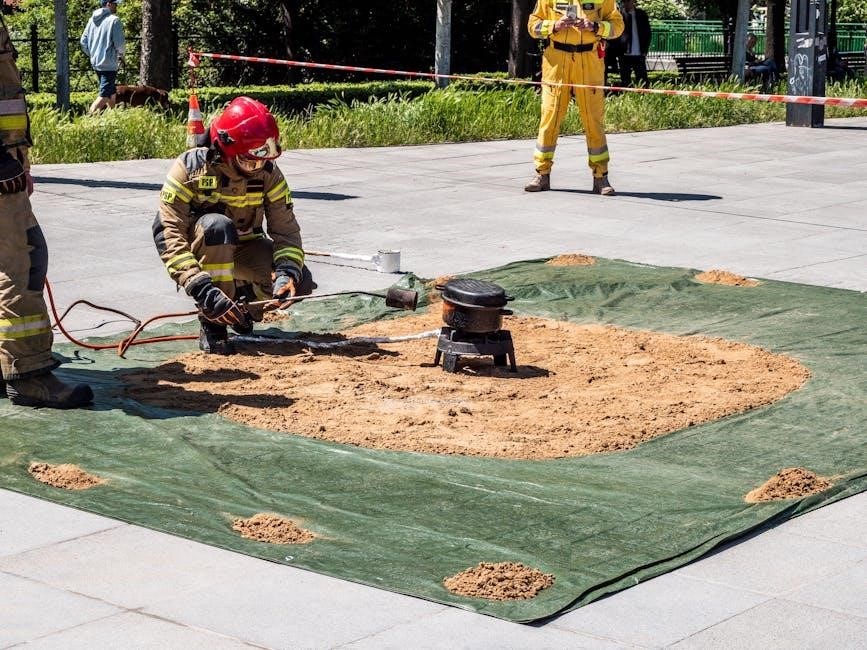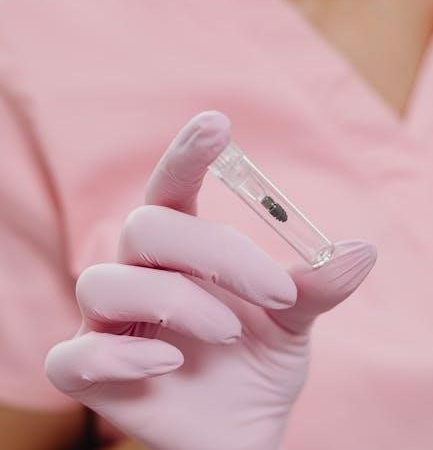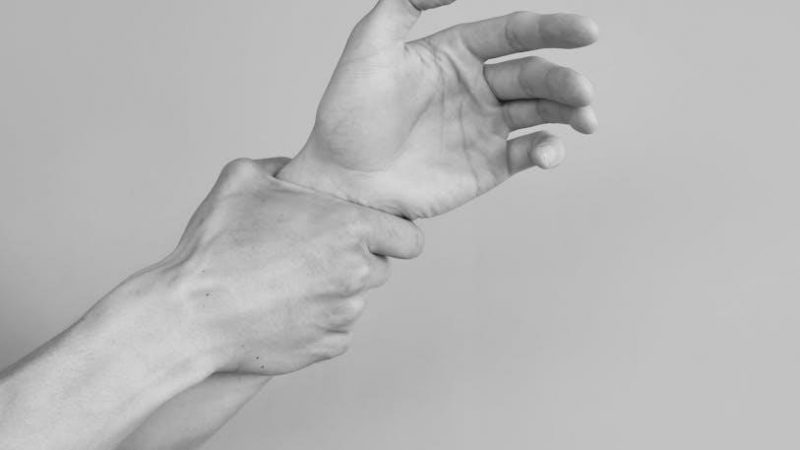what is a curative jury instruction

A curative jury instruction is a directive given by a judge to correct or mitigate the impact of erroneous evidence or arguments presented during a trial. It ensures jurors base their decisions solely on admissible information‚ upholding fairness and legal integrity in the proceedings.
Definition and Purpose
A curative jury instruction is a judicial directive aimed at correcting or neutralizing potential prejudice caused by improper evidence‚ statements‚ or arguments presented during a trial. Its primary purpose is to ensure jurors base their decisions solely on admissible evidence and lawful considerations‚ thereby maintaining the integrity and fairness of the proceedings. Judges issue these instructions to address specific issues‚ such as misleading testimony or inappropriate comments‚ and to guide the jury in disregarding irrelevant or inadmissible information. By clarifying legal standards and focusing the jury’s attention‚ curative instructions play a crucial role in safeguarding the justice system’s accuracy and reliability.

When Are Curative Jury Instructions Given?
Curative jury instructions are typically given during a trial‚ often after an objection‚ to address improper evidence or arguments‚ ensuring fairness and clarity for the jurors.
Contexts for Issuing Curative Instructions
Curative instructions are issued in specific situations to address potential bias or misunderstanding. They are often given after improper statements‚ inadmissible evidence‚ or erroneous legal directions. For instance‚ if a witness makes an inflammatory remark or an attorney presents prejudicial arguments‚ the judge may issue a curative instruction to guide the jury to disregard such information. Additionally‚ these instructions may be provided to clarify legal definitions or correct misunderstandings arising from previous instructions. The goal is to ensure jurors base their decisions on admissible evidence and proper legal standards‚ maintaining the integrity of the trial process. Timing and specificity are crucial.
Examples of Situations Requiring Curative Instructions
Curative instructions are often necessary when improper statements or evidence are introduced. For instance‚ if a witness makes an inflammatory remark or an attorney refers to inadmissible evidence‚ the judge may issue a curative instruction to direct the jury to disregard the statement. Another example is when a jury requests clarification on a legal point‚ such as the definition of “reasonable doubt‚” as seen in recent cases. Additionally‚ if a prior instruction is deemed misleading‚ the judge may issue a curative instruction to correct it. These scenarios highlight the importance of ensuring jurors base their verdicts on admissible evidence and proper legal guidance.

Legal Standards for Curative Instructions
Curative instructions must be clear‚ timely‚ and specific to neutralize prejudice. They are governed by case law‚ requiring judges to ensure fairness and prevent miscarriages of justice.
Key Case Law and Precedents
Curative jury instructions are supported by significant case law‚ emphasizing their role in maintaining trial fairness. In People v. Trump‚ jurors sought clarity on intent‚ highlighting the importance of precise instructions. Colorado’s appellate court upheld a redefined “reasonable doubt” standard‚ addressing controversies in jury guidance. Keller v. State illustrated how instructions expanding legal definitions can impact jury decisions. Additionally‚ conflicts like Pennsylvania’s Standard Civil Jury Instruction Number 14.90 reveal tensions between jury instructions and statutory law. These cases underscore the evolving nature of curative instructions and their critical role in preventing prejudice and ensuring just outcomes.
The Role of Judicial Discretion
Judicial discretion plays a pivotal role in issuing curative instructions‚ as judges must assess when and how to correct potential prejudice. While legal standards guide their decisions‚ judges often have flexibility in framing instructions to fit specific trial contexts. For instance‚ in cases involving sensitive evidence‚ a judge might choose to immediately address the issue or wait‚ depending on the perceived impact on jurors. This discretion ensures that curative instructions are tailored to the unique circumstances of each trial‚ balancing the need for clarity with the risk of over-influencing the jury. Effective use of discretion is crucial for maintaining trial fairness and integrity.

Delivery and Timing of Curative Instructions
Curative instructions are typically delivered immediately after an issue arises to minimize prejudice. Judges may also delay them until closing arguments or final instructions‚ depending on the situation.
Immediate vs. Delayed Instructions
Immediate curative instructions address errors right after they occur‚ preventing juror misconceptions. Delayed instructions are given later‚ often at closing arguments or final jury charges‚ to reinforce key legal points. Immediate instructions are crucial for mitigating prejudice from improper evidence or arguments‚ ensuring jurors focus on valid information. Delayed instructions‚ however‚ allow judges to provide comprehensive corrections‚ helping jurors apply the law accurately. The timing depends on the severity of the issue and the judge’s discretion‚ balancing the need for clarity with the potential for over-influencing the jury.

Effectiveness of Curative Instructions
Curative instructions are generally effective in addressing errors‚ but jurors may still be influenced by initial exposure to improper evidence or arguments despite corrective measures.
Do Jurors Follow Curative Instructions?
Research suggests that jurors generally attempt to follow curative instructions‚ though the effectiveness can vary. The law presumes that such instructions purge prejudice‚ but studies indicate that exposure to improper evidence or arguments can still influence jurors‚ even after corrective directives. Immediate instructions tend to be more effective than delayed ones‚ as they address the issue while it is fresh in the jurors’ minds. However‚ the degree to which jurors can completely disregard tainted information remains a topic of debate in legal circles.
Impact on Trial Outcomes
Curative instructions can significantly influence trial outcomes by addressing prejudicial errors. They aim to neutralize the impact of improper evidence or arguments‚ ensuring fair deliberations. While judges presume these instructions mitigate harm‚ their effectiveness is debated. High-profile cases‚ like Trump’s hush-money trial‚ highlight how clarifying instructions can affect jury decisions. Immediate corrections often prove more effective than delayed ones‚ as they address issues while still fresh in jurors’ minds. Despite this‚ the ultimate impact on verdicts remains variable‚ underscoring the complexity of ensuring justice through such directives.

Controversies and Challenges
Curative instructions spark debate over their effectiveness in addressing prejudicial errors. Critics argue that jurors may struggle to disregard tainted evidence‚ even with corrective guidance‚ raising concerns about fairness and justice.
criticism of Curative Instructions
Criticism of Curative Instructions
Critics argue that curative instructions may fail to fully neutralize prejudice‚ as jurors often cannot entirely disregard tainted evidence or improper arguments. Some contend that once harmful information is introduced‚ it can influence deliberations‚ even with corrective guidance. Additionally‚ the timing and phrasing of these instructions can vary widely‚ leading to inconsistent application and potential bias. High-profile cases‚ like Trump’s hush-money trial‚ highlight jurors’ confusion about complex instructions‚ raising questions about their effectiveness. Legal scholars also point to tensions in case law‚ where courts presume jurors follow curative instructions‚ yet empirical evidence suggests this may not always occur‚ undermining their reliability.
High-Profile Cases Involving Curative Instructions
High-profile cases often highlight the use and impact of curative instructions. For instance‚ in Donald Trump’s hush-money trial‚ jurors requested clarification on the judge’s “rain metaphor” instructions‚ seeking guidance on assessing intent. This underscores the challenges of complex legal language. Another notable case involved Shane Keller‚ who appealed his convictions due to jury instructions that expanded the definition of “dwelling‚” arguing it invaded the jury’s province. Additionally‚ Colorado’s second-highest court upheld a reworded definition of “reasonable doubt” in jury instructions‚ despite controversy; These cases illustrate how curative instructions can shape trial outcomes and influence judicial decision-making at the highest levels.
Curative jury instructions are essential for maintaining fairness in the judicial process‚ ensuring jurors base decisions on admissible evidence and upholding the integrity of the justice system.
A curative jury instruction is a judicial directive aimed at correcting errors or mitigating prejudice during a trial. It ensures jurors base decisions on admissible evidence‚ maintaining fairness and legal integrity. Issued when improper evidence or arguments surface‚ these instructions guide jurors to disregard specific statements or consider only relevant information. Their effectiveness relies on clarity and timeliness‚ though controversies persist about their ability to fully neutralize bias. Courts presume that such instructions negate prejudice‚ but their impact on trial outcomes remains a subject of debate.
Implications for the Justice System
Curative jury instructions have significant implications for the justice system‚ ensuring trials remain fair and impartial. By addressing errors or improper evidence‚ they uphold legal standards and protect defendants’ rights. However‚ their effectiveness in fully neutralizing prejudice is debated‚ raising questions about jury compliance and the potential for lingering bias. The reliance on judicial discretion in issuing these instructions also highlights the need for clear guidelines to maintain consistency across cases. Ultimately‚ curative instructions play a crucial role in balancing justice and procedural fairness‚ but their limitations underscore the ongoing challenges in achieving flawless trial outcomes.





